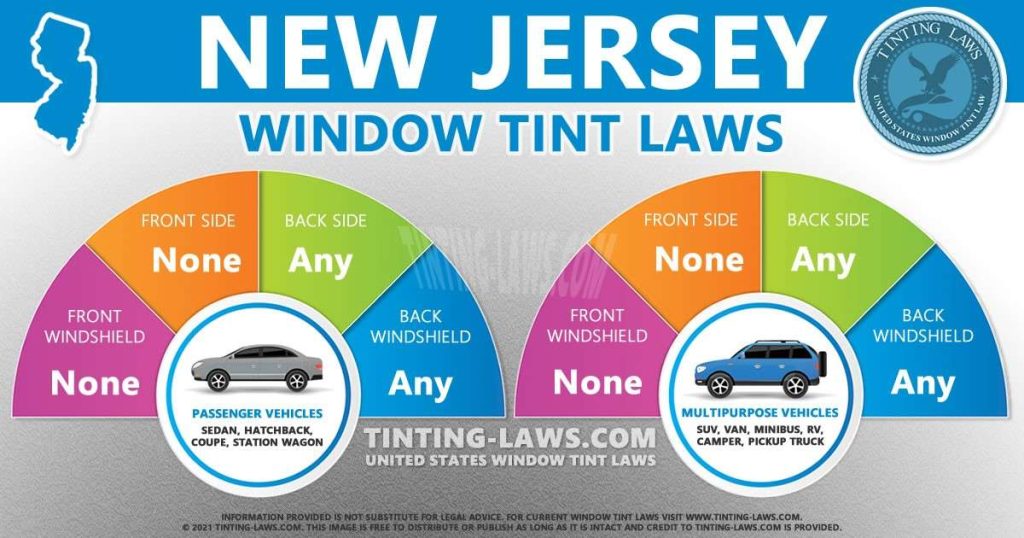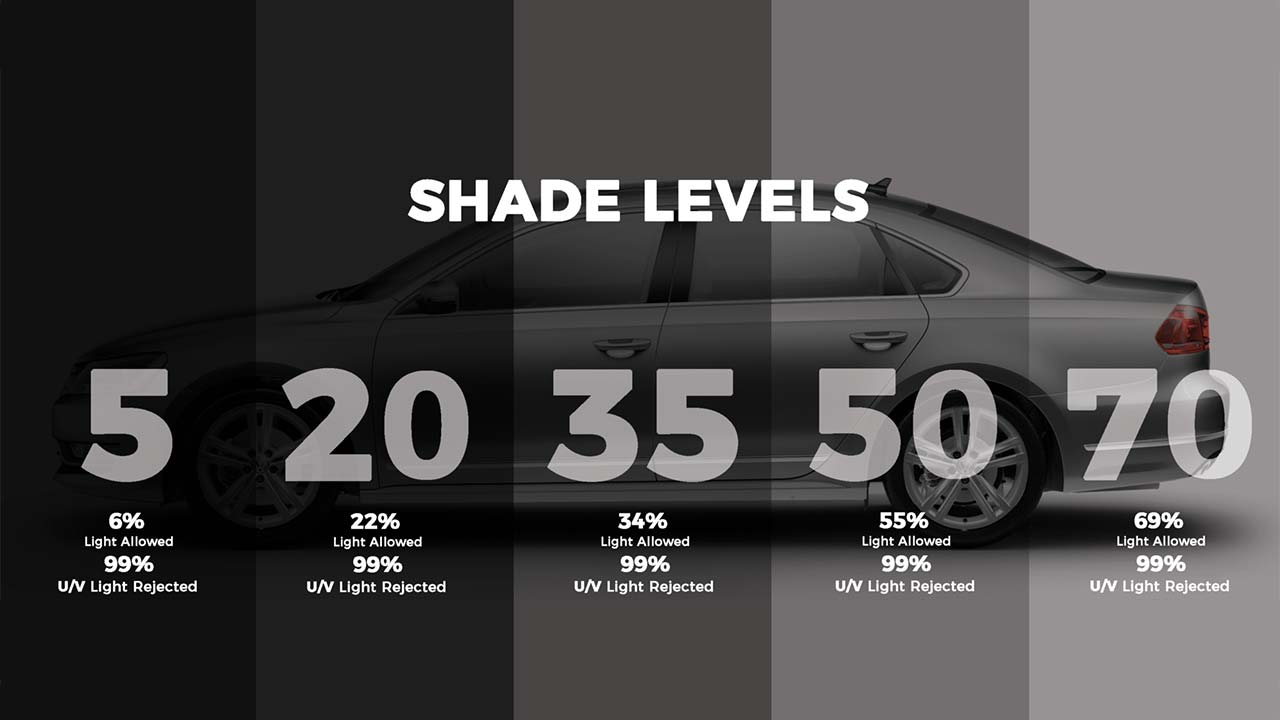automotive window tinting clinton township FAQs: What Local Drivers Ask Most Often
Every little thing You Required to Learn About Car Home Window Tinting for Your Car
Car window tinting is a functional improvement for many vehicle proprietors. It offers advantages such as increased convenience and energy efficiency. Numerous color films provide to different requirements and choices. Understanding legal guidelines and picking the right tint percentage is crucial. The installation process and appropriate upkeep also play considerable roles in ensuring the long life of the tint. What various other variables should one consider prior to choosing on window tinting?
Advantages of Auto Home Window Tinting
Some automobile owners might ignore it, auto home window tinting offers countless benefits that boost both the driving experience and the car's durability. One of the key advantages is the decrease of heat accumulation inside the automobile, allowing for an extra comfortable ride, particularly throughout hot climate. This can bring about lowered dependence on cooling, boosting gas efficiency.Additionally, home window tinting gives defense versus dangerous UV rays, which can create skin damage and discolor interior products with time. By blocking these rays, the color aids protect the automobile's inside and maintain its resale value.Moreover, colored home windows can boost personal privacy and security, as they make it much more challenging for outsiders to see inside the car. This added layer of security can hinder possible theft. Generally, car window tinting serves as a useful investment that adds to both comfort and the vehicle's overall well-being.
Kinds Of Window Color Films
When taking into consideration car home window tinting, car proprietors come across a variety of home window tint movies, each designed to meet specific demands and choices. The very first classification is dyed home window movie, which provides a standard level of privacy and UV defense while being cost-efficient. Next off, metalized films incorporate tiny metallic bits, showing heat and enhancing resilience, although they might hinder digital signals.Ceramic films are another alternative, understood for their exceptional warmth rejection and quality, supplying high performance without signal disturbance. Lastly, hybrid films incorporate qualities of colored and metalized movies, striking a balance in between expense and capability. Each kind of home window color film presents special benefits, allowing vehicle owners to choose based on their certain requirements, such as warm control, budget plan, and look considerations. Recognizing these alternatives is essential for making an educated choice concerning automobile home window tinting.
Comprehending Lawful Regulations
When considering auto home window tinting, it is essential to understand the lawful guidelines that control tint darkness restrictions and windshield tint needs. These guidelines can differ significantly from state to state, affecting what is permissible for lorry owners. Familiarizing oneself with these legislations guarantees compliance and aids prevent prospective fines or fines.
Color Darkness Limits
How can automobile owners guarantee they stay compliant with regional laws regarding home window tinting? Comprehending tint darkness restrictions is crucial. Each state has specific regulations that dictate the permissible levels of darkness for window tints, which are measured by Visible Light Transmission (VLT) percentages. Commonly, front-side home windows should permit a higher portion of light contrasted to back windows. Some states might permit only 30% VLT for front home windows, while the back windows may be permitted to have notably darker colors. To guarantee compliance, automobile proprietors should get in touch with state standards or neighborhood police for accurate details. Furthermore, licensed tinting professionals can give understandings regarding lawful limitations, making sure that vehicle owners make informed choices.
Windscreen Tint Rules

State-Specific Legislations
Steering with the landscape of state-specific laws relating to vehicle home window tinting needs careful attention to detail, as guidelines can vary greatly from one state to another. Each state has its very own collection of rules regulating permitted tint portions, kinds of products, and positioning on lorry windows. For instance, some states permit darker tints on rear home windows while restricting them on front windows, while others have stricter general restrictions. Additionally, certain states mandate the use of specific materials or call for qualification from installers. Failing to abide with these guidelines can result in fines or the need to eliminate non-compliant tint. Consequently, lorry proprietors must consult their state's Department of Motor Autos or appropriate authority to ensure adherence to regional laws
Choosing the Right Color Portion
When picking the right tint percent for a lorry's home windows, one should think about different variables that impact both visual appeals and functionality. Color percentages generally vary from 5% to 70%, with lower percentages supplying darker shades and greater percentages allowing extra light in. A darker color can boost personal privacy and reduce glare, while a lighter tint can maintain presence and abide by lawful restrictions.Furthermore, personal choice plays a significant duty in this decision. Some people might choose the sleek look of darker colors, while others may prefer an extra open, airy feeling. In addition, the automobile's function ought to be thought about; for example, those using their lorries for commercial objectives may choose lighter colors to maintain an expert look.Ultimately, the appropriate color percentage balances personal design, convenience, and adherence to local regulations, making certain a rewarding tinting experience.
The Installment Refine
An effective setup of home dig this window color calls for mindful attention to detail and the Read Full Article right tools. The process commonly starts with thorough cleaning of the windows to eliminate dust, particles, and dirt, ensuring appropriate bond of the movie. Once the surface areas are prepared, the installer actions and reduces the tint film to fit each home window accurately.Next, the movie is positioned on the glass, often making use of a service to promote easy adjustment and prevent air bubbles. Heat is sometimes used to the movie to adapt it to the window's contours, enhancing its appearance and long life. After verifying a seamless fit, the installer meticulously cuts any type of excess film along the edges.Finally, the installer look for flaws and validates all edges are protected. This precise approach is essential not just for appearances yet likewise for achieving the preferred performance advantages of window tinting, such as UV protection and heat decrease.
Maintenance and Care for Tinted Windows
Correct maintenance and treatment are crucial for preserving the honesty of colored home windows. Efficient cleaning strategies, the avoidance of hazardous chemicals, and normal examinations for damage play important roles in ensuring long life. By following these guidelines, car owners can preserve the visual and functional benefits of their home window tint.
Cleaning Up Strategies for Tint
Keeping the clarity and durability of colored home windows requires particular cleaning strategies tailored to the film's fragile surface area. It is crucial to use a soft microfiber towel to avoid scraping the color while cleaning. A gentle option of water and a few declines of mild dish soap can successfully get rid of dirt and grime. It is a good idea to apply the cleaning remedy to the towel, as opposed to directly onto the tinted surface, to avoid dampness from seeping into the sides of the movie. Gentle, round activities should be employed to clean the windows thoroughly. Routine cleaning helps maintain visibility and stops build-up, ensuring that the tint remains in prime condition gradually. Complying with these methods will extend the life of tinted windows.
Staying Clear Of Damaging Chemicals
Numerous home cleansing items are efficient on various surface areas, they can pose substantial threats to colored home windows. Chemicals such as ammonia, bleach, and certain solvents can deteriorate the tint movie, leading to discoloration and peeling. People must go with pH-balanced cleaners particularly developed for colored home windows. In addition, making use of soft microfiber fabrics will certainly help avoid scratches and keep the color's honesty. Regular upkeep is essential; as a result, avoiding harsh scrubbing or abrasive materials is necessary. It is suggested to review item tags meticulously to confirm compatibility with window colors. By picking the best cleaning solutions and devices, lorry owners can maintain the appearance and capability of their tinted windows, assuring a much longer life expectancy and top efficiency.
Inspecting for Damage
Normal examinations of colored home windows are very important for identifying any kind of signs of damages that may endanger their performance and appearance. Proprietors should try to find gurgling, peeling, or discoloration, as these concerns can suggest inadequate installation or direct exposure to unsafe aspects. It is suggested to check the edges of the movie where peeling may start and inspect for any scratches that might influence visibility. Furthermore, ultraviolet (UV) rays can create the tint to break down over time, so checking its performance in obstructing UV light is critical. If any type of damage is found, punctual activity should be taken, which may include professional repair or replacement. Preserving colored home windows not just boosts looks but also guarantees continued defense for both passengers and the car interior.
Usual Misconceptions About Window Tinting
What false impressions surround window tinting for cars? Numerous people think that all home window colors are illegal, but policies vary by state, permitting details levels of tinting. One more typical myth is that darker colors obstruct even more warm; however, the effectiveness of home window films depends upon their innovation rather than darkness. Some people additionally assume that window tinting is entirely for visual appeals, neglecting its benefits, such as UV defense and glow decrease. In addition, several assume that home window tinting will harm their car's glass, however expertly used colors can in fact improve glass toughness. Finally, there is an idea that home window tints obstruct presence, yet top notch films are made to keep clear sightlines while supplying personal privacy. Understanding these misconceptions aids consumers make educated choices pertaining to window tinting, guaranteeing they delight in the complete series of advantages it offers.
Regularly Asked Questions
For How Long Does Home Window Tinting Normally Last?
The durability of home window tinting varies based upon aspects such as installation top quality, film type, and ecological conditions. Typically, high-grade color can last anywhere from 5 to 10 years prior to requiring substitute or reapplication.
Can I Remove Home Window Color Myself?
Removing home window tint oneself is feasible, though it might be challenging. Individuals ought to utilize a warmth source and sticky cleaner to reduce the procedure, but care is recommended to prevent harming the vehicle's glass or inside.
What Tools Are Needed for DIY Window Tinting?

Will Home Window Tinting Damages My Vehicle's Glass?
Window tinting, when used appropriately, typically does not harm useful link an automobile's glass. Nonetheless, incorrect setup or low-grade films might bring about peeling off, bubbling, or scratching, potentially jeopardizing the stability of the glass with time.
Can Tinted Windows Impact My Lorry's Resale Worth?
The influence of tinted windows on a lorry's resale worth can vary. While some purchasers appreciate the added privacy and UV defense, others might see it as a potential issue, potentially influencing resale positively or negatively. When considering automobile home window tinting, automobile owners experience a variety of window tint movies, each created to meet specific needs and preferences. When thinking about car window tinting, it is essential to recognize the legal policies that govern color darkness limits and windscreen tint requirements. Normally, front-side home windows need to permit a higher percent of light compared to rear windows. Some states may allow only 30% VLT for front home windows, while the back home windows could be allowed to have especially darker colors. Some states permit darker colors on rear home windows while forbiding them on front home windows, while others have stricter total limitations.